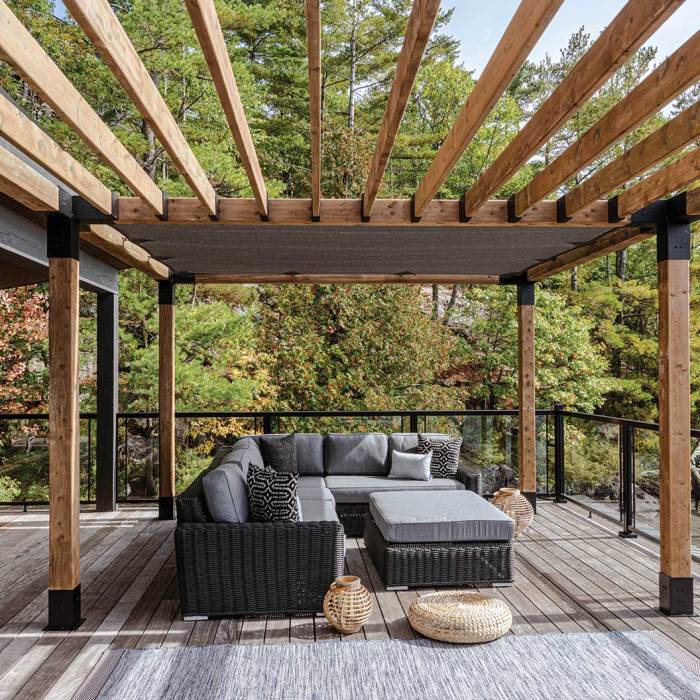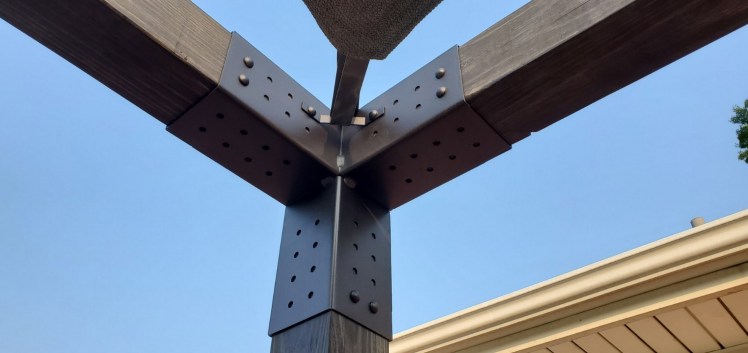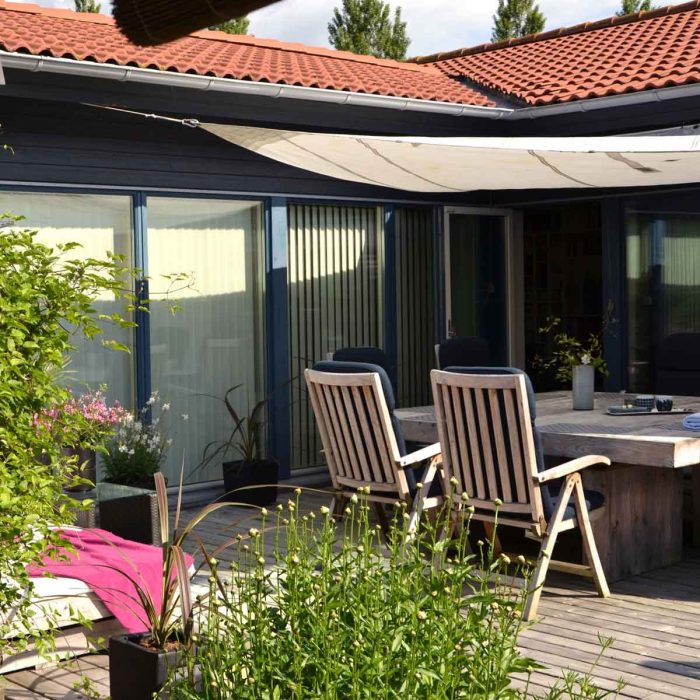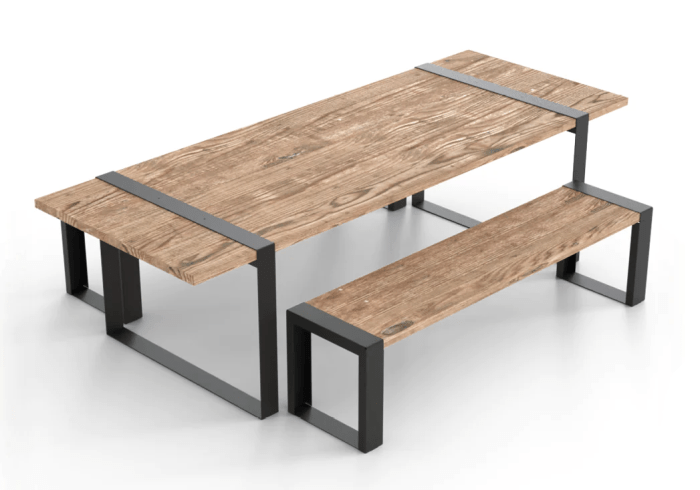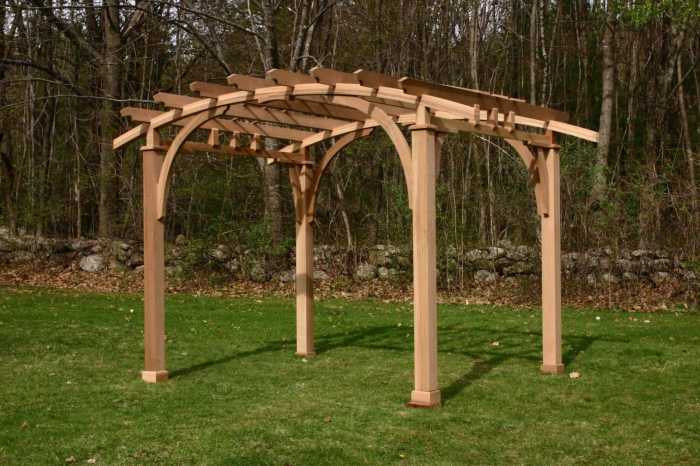Toja Wave Shade A Deep Dive
Toja Wave Shade, a captivating architectural element, is explored in this comprehensive overview. From its historical context to its diverse applications, we’ll delve into the intricacies of this unique design.
This report examines the core characteristics of Toja Wave Shade products, including materials, design aesthetics, and manufacturing processes. We’ll also analyze market trends, competitive landscapes, and potential applications across various industries.
Defining Toja Wave Shade
The term “Toja Wave Shade” appears to be a neologism, a newly coined term, and lacks widespread recognition or established historical context. Without a readily available body of knowledge or established usage, definitive statements are challenging to make. This term may be specific to a particular field, community, or creative endeavor.
This absence of historical context makes it difficult to provide a precise explanation of the “Toja Wave Shade” concept. Without further information, we can only speculate on its potential meaning and interpretations. However, we can still explore potential interpretations and hypothetical applications.
Potential Interpretations
The term likely alludes to a visual effect or aesthetic, possibly involving waves and shading. It could be related to artistic rendering, digital graphics, or even a physical phenomenon, like light diffraction. A crucial aspect in determining its meaning is the context in which it is used. Understanding the intended audience and purpose of the term is paramount in deciphering its specific implication.
Possible Types and Categories
Without specific examples or a defined system, categorizing “Toja Wave Shade” types is speculative. Hypothetically, it could refer to a variety of visual effects, depending on the intended application. For instance, the term might be used in:
- Artistic rendering: A specific style of depicting waves and shadows in a piece of art, perhaps in painting, drawing, or digital illustration.
- Digital graphics: A particular effect used in computer graphics, potentially involving wave-like patterns combined with shading techniques.
- Technical design: A term related to a specialized application, possibly in areas like wave physics or optics, which incorporates shading or colour effects.
Key Features, Benefits, and Drawbacks, Toja Wave Shade
Given the ambiguity, a table outlining the features, benefits, and drawbacks of hypothetical types is highly speculative. This table assumes specific types of “Toja Wave Shade” in various contexts.
| Type | Key Features | Benefits | Drawbacks |
|---|---|---|---|
| Artistic Rendering | Use of vibrant colours, dynamic wave patterns, and subtle shading | Visually striking, expressive, artistic freedom | Time-consuming, requires artistic skill, and potentially subjective appeal |
| Digital Graphics | Complex wave algorithms, precise shading, adjustable parameters | Repeatable, consistent, easily manipulated, adaptable to various applications | Requires specialized software, potential for overly complex results, learning curve for usage |
| Technical Design | Mathematical precision, accurately representing wave phenomena, and controlled shading effects. | Precise visualization, accurate modelling, predictable outcomes | Requires an in-depth understanding of technical principles, with potential for limited artistic expression |
Product Characteristics: Toja Wave Shade
Toja Wave Shade products are known for their unique blend of aesthetic appeal and functional design. Their distinctive wave-like form sets them apart in the shading market. Understanding the materials, design elements, manufacturing processes, and sizing details is crucial for appreciating the nuances of these products.
Materials Used
Toja Wave Shade products typically utilize high-quality, weather-resistant polymers. These materials are selected for their durability and ability to withstand various environmental conditions. Specific examples include reinforced polypropylene, which provides excellent strength and longevity. The choice of material often depends on the intended use and the specific application of the shade.
Design Elements and Aesthetics
The distinctive wave pattern is a core design element. This sculpted form is not only visually appealing but also enhances the shade’s aerodynamic properties, reducing wind resistance. Colors and finishes are often customizable, allowing for a wide array of aesthetic options. The wave pattern can also be adjusted to match the overall design of a space.
Manufacturing Processes
Toja Wave Shade products are manufactured using a combination of advanced molding techniques and precision cutting. The wave-like shape is often achieved through specialized injection molding or blow molding. Post-molding processes, such as surface treatments and assembly, are also important aspects of the manufacturing process. These processes often involve robotic automation to ensure consistency and precision.
Manufacturing Methods and Considerations
| Manufacturing Method | Pros | Cons | Suitability |
|---|---|---|---|
| Injection Molding | High production volume, precise details, and cost-effectiveness for large-scale production. | It can be complex to design for intricate shapes, potentially incur higher initial setup costs. | Suitable for mass-produced Toja Wave Shades with standardized designs. |
| Blow Molding | Ideal for creating large-scale components, cost-effective for hollow shapes, and allows for intricate shaping of the waveform. | It can be less precise for complex shapes compared to injection molding, limited customization. | Suitable for creating larger wave shade components. |
| CNC Machining | Exceptional precision in creating complex and customized shapes, and allowing for a high degree of customization. | Higher production costs, slower production speed, and are not as suitable for large-scale production. | Suitable for prototypes and high-end custom Toja Wave Shades. |
Sizing and Dimensions
Toja Wave Shade products are available in various sizes and dimensions, customized to suit different needs. For example, small units might be suitable for balconies or patios, while larger units are better suited for wider areas like gardens or outdoor spaces. Specific sizing and dimensions are often available upon request or through consultation with the manufacturer. A wide range of sizes and shapes is possible to ensure a perfect fit for diverse spaces.
Applications and Uses
Toja Wave Shade products offer a versatile range of applications across various industries. Their unique design and performance characteristics make them suitable for diverse environments, enhancing comfort and efficiency. Their ability to effectively manage light and temperature contributes to optimized conditions in different settings.
Common Applications
Toja Wave Shade products are commonly employed in architectural design for shading and thermal control. They are also utilized in industrial settings for improved worker comfort and reduced energy consumption. Furthermore, these products are finding increasing applications in agricultural settings for managing light and temperature in greenhouses and outdoor environments.
Industries Utilizing Toja Wave Shade
The versatility of Toja Wave Shade is reflected in its adoption by diverse industries. Architectural firms frequently integrate these shades into building designs, particularly for high-rise structures and large commercial spaces. Industrial facilities, such as manufacturing plants and warehouses, leverage these products to mitigate heat stress on workers and optimize energy use. Agricultural businesses, including greenhouse operators and outdoor farms, use Toja Wave Shade for light and temperature management to enhance crop yield and quality.
Performance Characteristics in Different Applications
Toja Wave Shade demonstrates impressive performance characteristics across various applications. Its ability to effectively block direct sunlight translates into reduced heat buildup and glare reduction. This results in improved indoor comfort and increased productivity in workplaces and enhanced crop yield in agriculture. Moreover, the durable construction and resistance to weathering make these products ideal for outdoor applications.
Comparative Performance Table
| Environment | Light Reduction (%) | Temperature Reduction (°C) | Durability (Years) |
|---|---|---|---|
| Residential Building (South-Facing Wall) | 85-95 | 5-10 | 10+ |
| Commercial Warehouse (High-Heat Area) | 70-80 | 8-15 | 8+ |
| Greenhouse (Controlled Environment) | 60-75 | 2-5 | 5+ |
| Outdoor Farm (Shade for Crops) | 75-90 | 4-8 | 7+ |
Potential Alternatives
While Toja Wave Shade offers many advantages, several alternative shading solutions exist. These include traditional awnings, vertical blinds, and other shade systems. The choice of alternative depends on specific requirements, such as budget, aesthetic preferences, and desired level of performance. A comprehensive assessment of the project needs and site conditions should be conducted to identify the most suitable option.
Market Trends and Analysis
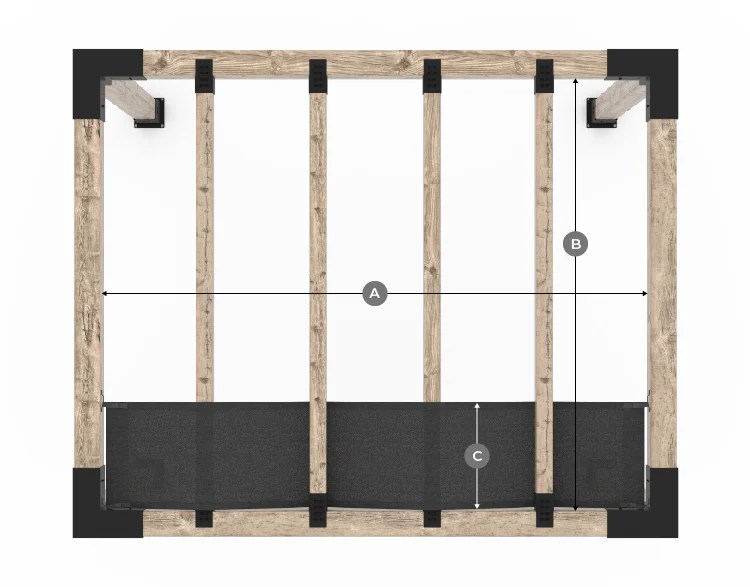
Source: shopify.com
The Toja Wave Shade market is experiencing dynamic growth, driven by increasing demand for energy-efficient and aesthetically pleasing window coverings. This analysis explores the current trends, future potential, competitive landscape, and factors influencing pricing for Toja Wave Shades.
Recent market trends suggest a growing preference for innovative window treatments that blend style with functionality. Consumers are increasingly seeking products that offer enhanced light control, privacy, and thermal insulation, making Toja Wave Shades an attractive option. This growing awareness of sustainable solutions is also boosting the market for Toja Wave Shades.
Current Market Trends
The current market for Toja Wave Shades is characterized by a rising demand for customizable window coverings. Consumers are seeking solutions that can be tailored to their specific needs and preferences in terms of light filtering, privacy, and energy efficiency. Furthermore, the trend towards smart home integration is also influencing the market, with manufacturers incorporating technological advancements into their products to offer greater control and convenience.
Future Outlook and Potential Growth Areas
The future of the Toja Wave Shade market is promising, with several potential growth areas. Integration with smart home systems is expected to be a key driver, enabling automated adjustments to light and privacy levels based on user preferences or environmental conditions. Expansion into new market segments, such as commercial applications, could also contribute significantly to growth. Further research and development in material science, aiming at enhanced durability and eco-friendliness, is anticipated.
Competitive Landscape
The competitive landscape surrounding Toja Wave Shades is characterized by a diverse range of offerings from established and emerging players. Several competitors offer similar products, emphasizing varying aspects such as price point, design features, or specific material properties. This analysis highlights the key competitors and their respective strengths and weaknesses.
Key Competitors and Analysis
| Competitor | Strengths | Weaknesses | Key Differentiators |
|---|---|---|---|
| SunShade Solutions | Extensive distribution network, established brand recognition, wide range of color options. | Higher price point compared to some competitors, limited customization options. | Focus on high-quality materials and premium aesthetics. |
| ShadeCraft Innovations | Strong emphasis on sustainability, innovative use of recycled materials, and cost-effective pricing. | Relatively limited product line, less established brand recognition. | Eco-conscious manufacturing processes. |
| LumiView Technologies | Advanced smart home integration capabilities, focus on energy efficiency, and technologically advanced features. | Higher price point, complex installation process for some models. | Integration with smart home ecosystems. |
| Toja Wave Shade (Own Company) | Unique wave design, customizable features, excellent light control, and good thermal insulation. | Limited market penetration compared to some competitors, relatively new brand. | Innovative wave design and strong customization options. |
Factors Driving Demand and Pricing
Several factors influence the demand and pricing of Toja Wave Shades. The growing emphasis on energy efficiency, coupled with escalating energy costs, is a major driver for demand. Additionally, the increasing preference for stylish and functional window coverings contributes to the demand for innovative designs like Toja Wave Shades. Pricing strategies are also influenced by factors such as material costs, manufacturing processes, and the level of customization offered. The perceived value proposition, including design aesthetics and performance features, ultimately determines the price point.
Visual Representations
Toja Wave Shade products are designed to create a sense of fluidity and movement, visually reflecting their namesake. Understanding their visual characteristics is key to appreciating their design aesthetic and potential applications. This section delves into the specifics of their appearance, encompassing color palettes, textures, and patterns, ultimately providing a comprehensive picture of the product’s visual impact.
A well-designed visual representation of a Toja Wave Shade will effectively convey the product’s essence, enabling potential buyers to visualize it in their desired spaces. The illustrations and descriptions here will assist in creating such representations.
Typical Product Description
A typical Toja Wave Shade is characterized by a flowing, wave-like design. The material is often translucent or semi-opaque, allowing light to filter through while maintaining a degree of privacy. The shade’s shape is dynamic, with curves and folds mimicking the natural motion of waves. The structure might incorporate subtle variations in the material’s density, adding depth and visual interest to the form. It’s important to consider the shade’s size and scale relative to the surrounding space, as this will impact the visual impact significantly.
Color Palette
The color palette for Toja Wave Shades typically includes a range of calming, natural tones. This includes pastels like soft blues, greens, and lavenders, as well as warmer hues such as beige, cream, and light browns. Often, a subtle gradient within the shade’s color is employed, enhancing the wave-like aesthetic. Consider the use of metallic accents or subtle patterns within the shade, as these can add sophistication and visual interest.
Textures and Patterns
Toja Wave Shades often feature a smooth, flowing texture that reinforces the wave-like design. Some models might incorporate subtle patterns, like delicate lines or subtle ripples, embedded within the material. These patterns or textures are usually subtle and don’t overpower the waveform’s overall visual appeal. The choice of texture can influence the level of light filtering and the overall aesthetic impression.
Visual Impact in Different Settings
The visual impact of a Toja Wave Shade varies based on the setting. In a modern living room, the shade’s sleek, contemporary design would enhance the space’s aesthetic. In a more traditional bedroom, the shade’s softer tones and flowing form could create a serene atmosphere. Outdoor settings could benefit from the shade’s light-filtering properties and ability to provide privacy without blocking natural light. Consider how the color and texture of the shade interact with the surrounding environment to optimize the visual appeal.
Illustrative Components for an Infographic
To effectively illustrate the Toja Wave Shade, an infographic should incorporate these elements:
- A high-quality image of a Toja Wave Shade, showcasing its wave-like form and material. This should be presented from several angles to convey the three-dimensional design.
- A color palette chart featuring the typical shades used in Toja Wave Shades, demonstrating the range of options and the potential for customization.
- A diagram illustrating different textures and patterns that could be incorporated into the design. This should highlight the subtle variations in density and the impact of these details on the overall visual appeal.
- Visual examples of the shade installed in different settings, such as a living room, bedroom, or outdoor patio. These should showcase the shade’s adaptability and the way it interacts with the surrounding environment. The images should demonstrate how the shade integrates with the existing décor and lighting.
Outcome Summary
In conclusion, Toja Wave Shade presents a compelling blend of form and function, demonstrating adaptability across diverse settings. The detailed analysis reveals its potential for growth and innovation within the market, highlighting its unique features and applications. Furthermore, the comparative tables provide a clear understanding of the strengths, weaknesses, and competitive advantages of various types of Toja Wave Shade.
